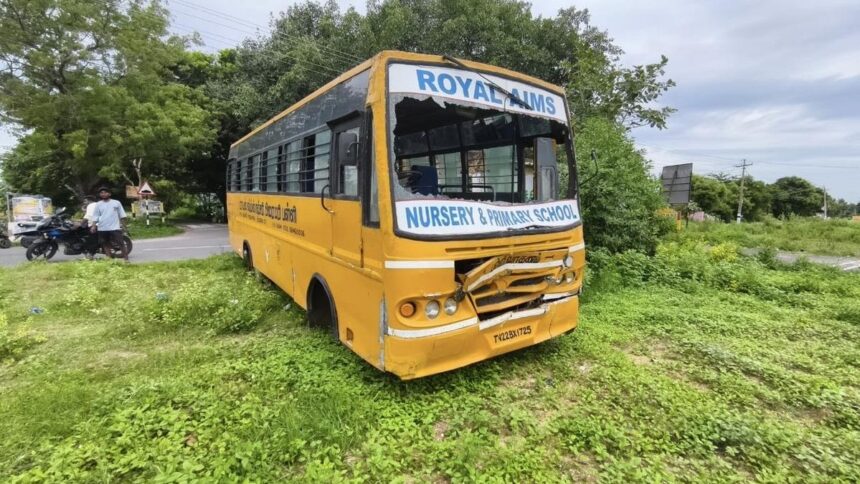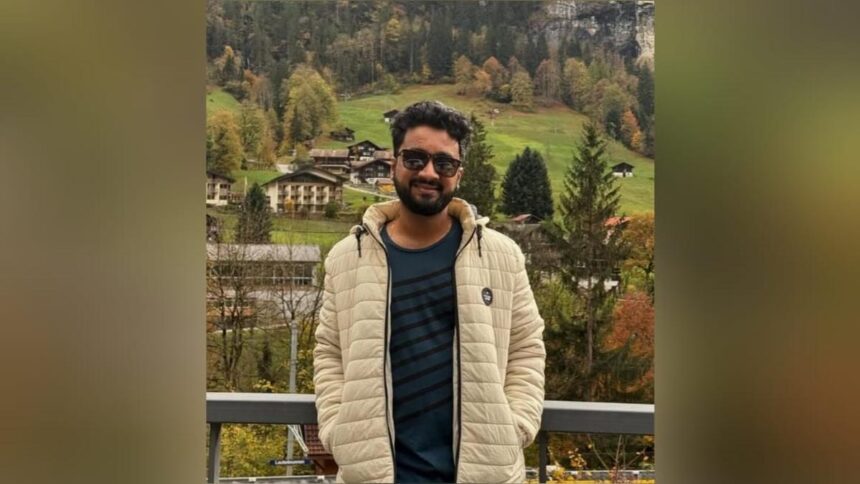The Bangalore Political Action Committee (B.PAC) on Saturday unveiled the final report of the ‘IRR Street: Standstill to Active’ project, showcasing over two years of transformative interventions on the 7.5-km stretch of Bengaluru’s Inner Ring Road (IRR), between Indiranagar KFC Junction and Madiwala Masjid in Koramangala. The transformation is part of a sustained citizen-government collaboration.
The report, released by chief civic commissioner M. Maheshwar Rao, documents a series of critical changes aimed at easing traffic, enhancing pedestrian safety, improving bus services, and reclaiming public spaces along the congested corridor that connects neighbourhoods like Domlur, Ejipura, Koramangala, and Indiranagar.
“This initiative is much appreciated as it involved all key stakeholders. Walkability is the future of mobility in cities. BBMP is committed to supporting more such efforts across Bengaluru,” Mr. Rao said.
According to the report, prior to intervention, the IRR corridor was plagued with congestion, missing footpaths, unlit stretches, poorly maintained stormwater drains, and inadequate bus frequency. A traffic analysis by B.PAC showed peak-hour gridlocks extending up to 2.6 km, with over 24 congestion alerts daily. The road also suffered from five fatal crashes in 2023.
“Between June 2023 and July 2025, B.PAC’s B. MOBILE team coordinated with BBMP, BMTC, Bengaluru Traffic Police (BTP), and BSWML. Their methodology involved on-ground audits, data collection, and impact-based implementation. This report is not just about fixing one street it’s a replicable model for urban mobility reform,” said Revathy Ashok, B.PAC’s Honorary CEO and Managing Trustee.
The report states that the key transformations on the corridor include bus service enhancements where the BMTC’s MF-5 fleet, running from SMVT to Silk Board, was ramped up from 17 to 26 buses, with daily trips rising from 169 to 227. In another initiative the road safety and crash blackspot fixes, six previously fatal junctions, including the TVS Showroom and Hero Honda Bus Stop, were transformed with raised pedestrian crossings, rumble strips, hazard boards, and warning signage. As a result, the number of fatalities dropped to zero between November 2024 and January 2025.
Further under the initiative over 4,300 tonnes of construction debris, 130 barricades, and 129 tonnes of garbage were cleared from the footpaths and medians. BBMP electrified or added 45 new streetlights, reducing dark zones that had previously made walking at night dangerous, especially for women and children. Flood-prone areas like Sony World Junction and Domlur saw the construction of shoulder drains with kerb inlets recommended every 5 to 7 m. While several inlets remained clogged, BBMP was pushed to improve maintenance practices and install visible warning signage at open drains, the report states.
Published – July 26, 2025 06:48 pm IST



















